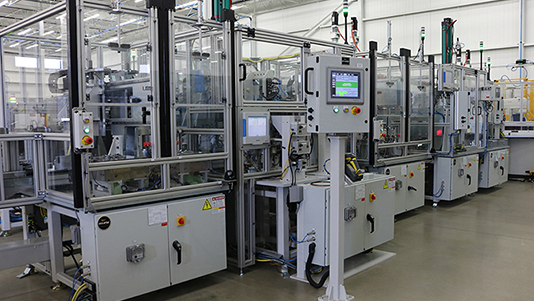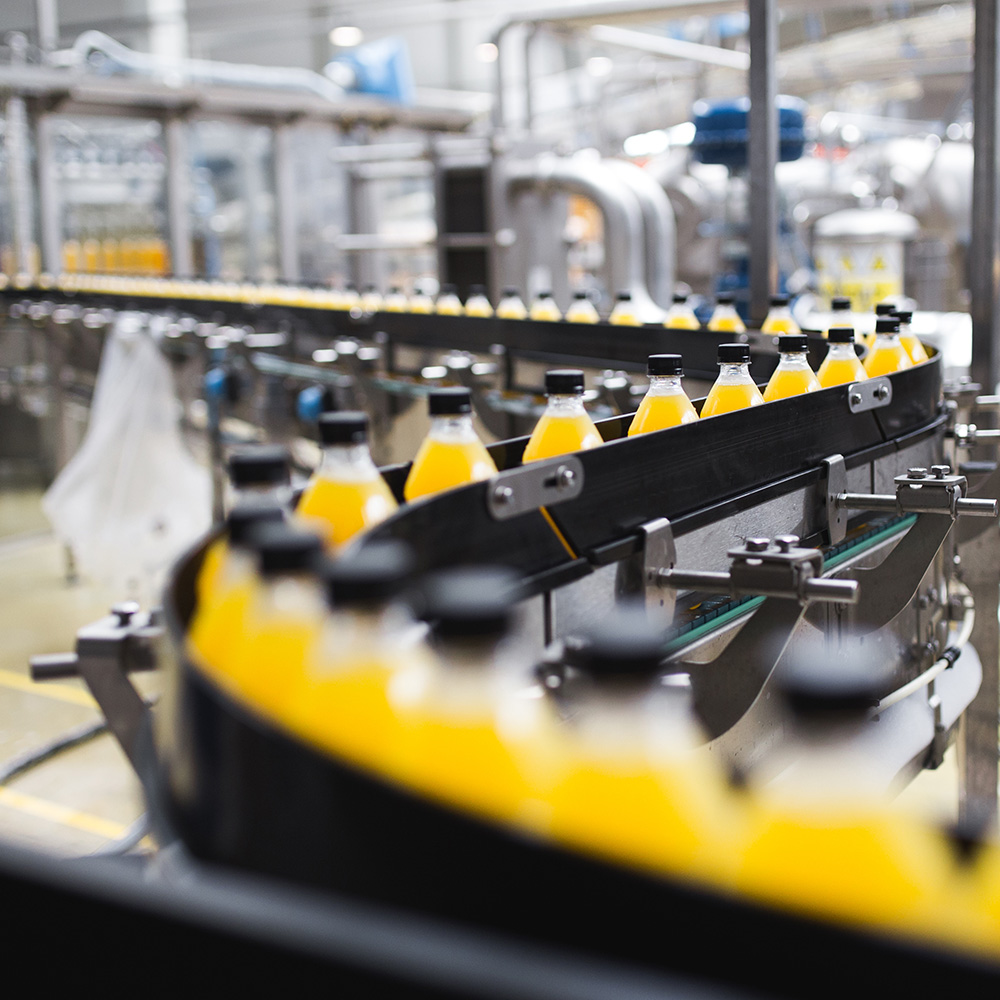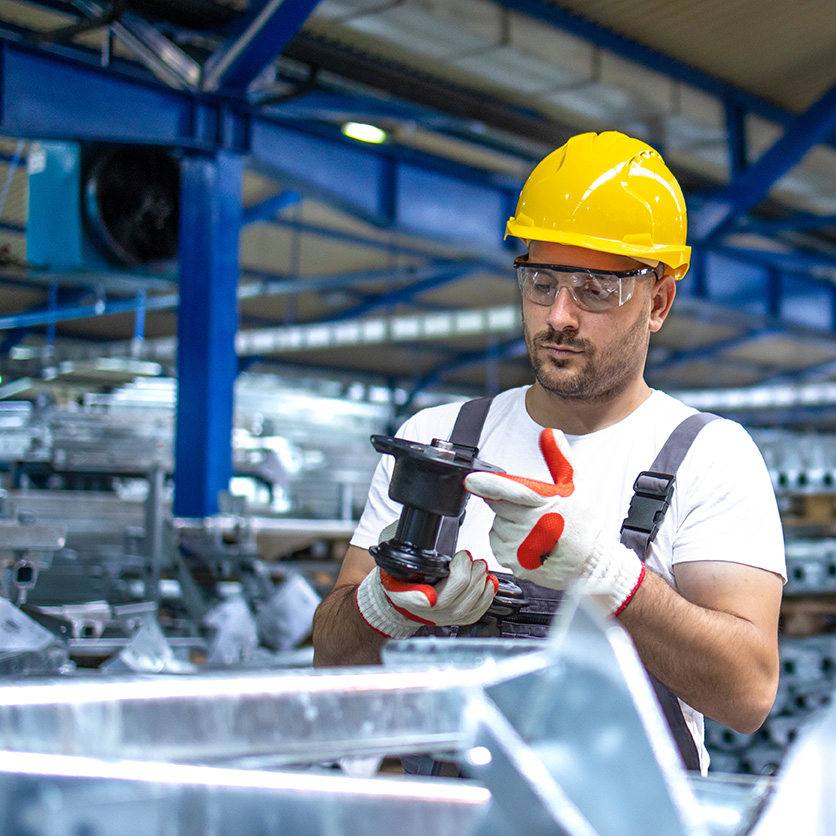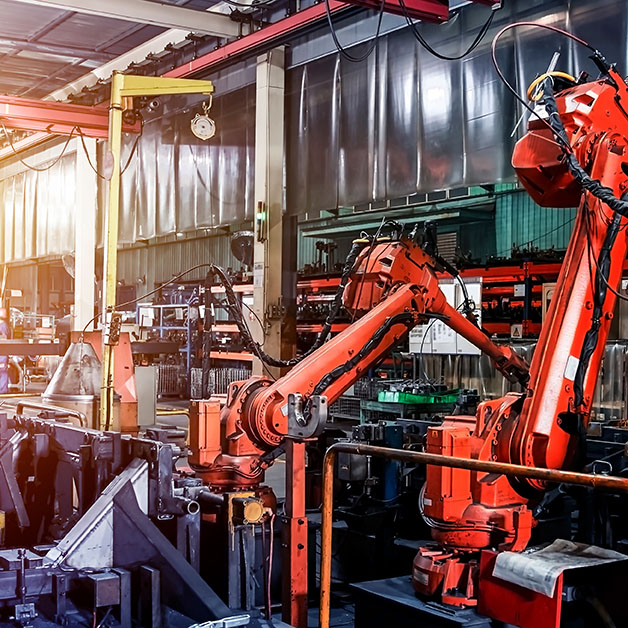
Manufacturing is more competitive and fast-paced than ever, and industrial automation has become a necessity—not a luxury. With labor shortages, rising costs, and quality control challenges, manufacturers are under constant pressure to do more with less.
Smart manufacturing powered by automation technologies offers scalable solutions to overcome these production challenges. By integrating robotics, AI, and real-time data analytics, automated systems drive efficiency, reduce risk, and help factories remain agile in an evolving market.
Here are six key production challenges and how industrial automation helps solve them.
1. Maximize productivity with automated systems:
With labor shortages impacting nearly every industry, increasing manufacturing productivity has become more difficult. Automation enables continuous, around-the-clock production while eliminating manual bottlenecks.
Programmable automation systems allow for quick changeovers without retraining staff, significantly boosting output and efficiency across assembly lines.


2. Improve quality control with consistent precision:
Maintaining product quality is vital to brand reputation and customer satisfaction. Automated systems deliver precision and repeatability, minimizing human error and improving consistency across all production runs.
Vision systems and AI-driven quality inspections help detect defects early, reduce rework, and enhance product reliability.
3. Reduce operational costs:
Automation helps manufacturers control and lower operational costs by reducing labor expenses, optimizing energy use, and minimizing waste.
By streamlining production processes and integrating predictive maintenance, businesses can lower downtime and maintenance costs while improving resource allocation.


4. Enhance workplace safety:
Industrial automation reduces risks by removing workers from hazardous, repetitive, or physically demanding tasks.
Automated machinery can safely handle high-risk operations, while integrated safety protocols help ensure a more secure production environment.
5. Increase salability and flexibility:
In a constantly changing market, manufacturers must adapt quickly. Automated systems offer the flexibility to adjust for new products, production volumes, or materials—without starting from scratch.
This scalability supports faster product launches, more agile workflows, and greater responsiveness to shifting customer demands.


6. Unlock data-driven insights:
Modern automation solutions generate real-time production data that can be analyzed for continuous improvement.
From predictive forecasting to performance optimization, data analytics in manufacturing leads to smarter decisions, reduced downtime, and increased competitiveness.
Future-ready manufacturing starts with automation
The benefits of industrial automation extend far beyond faster production. With improved quality, lower costs, enhanced safety, and greater agility, automation positions manufacturers to thrive in the era of Industry 4.0.
By embracing these technologies, businesses can remain competitive, respond to market shifts, and deliver smarter, more sustainable products—faster and more efficiently than ever before.
